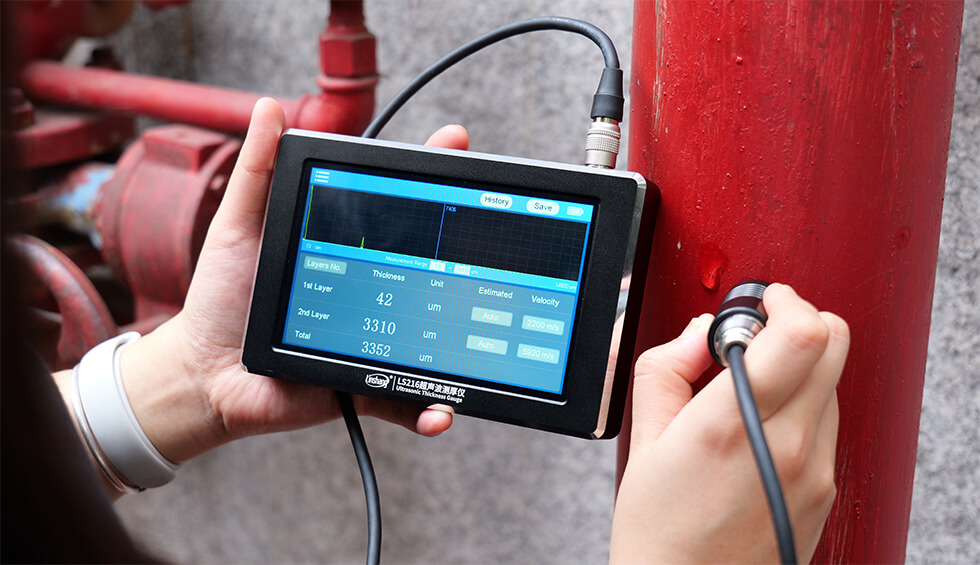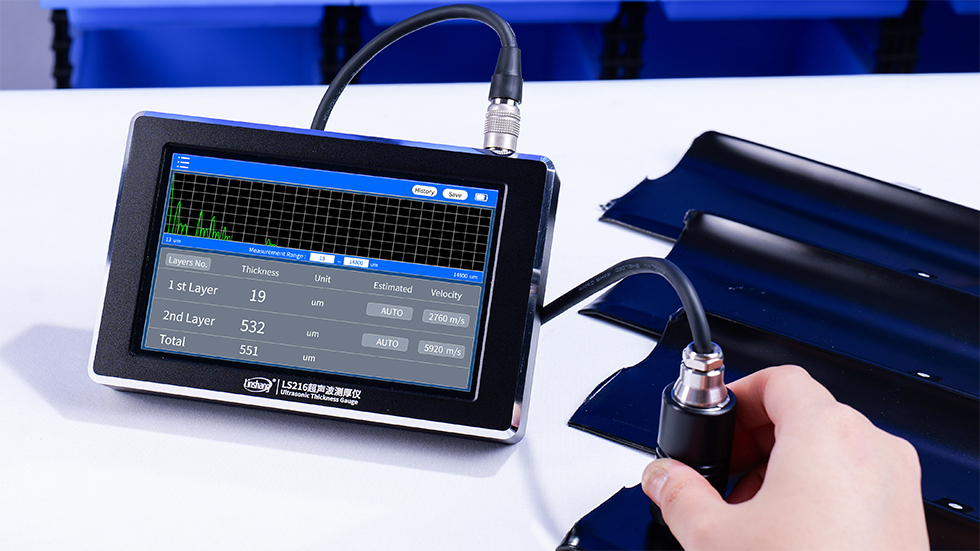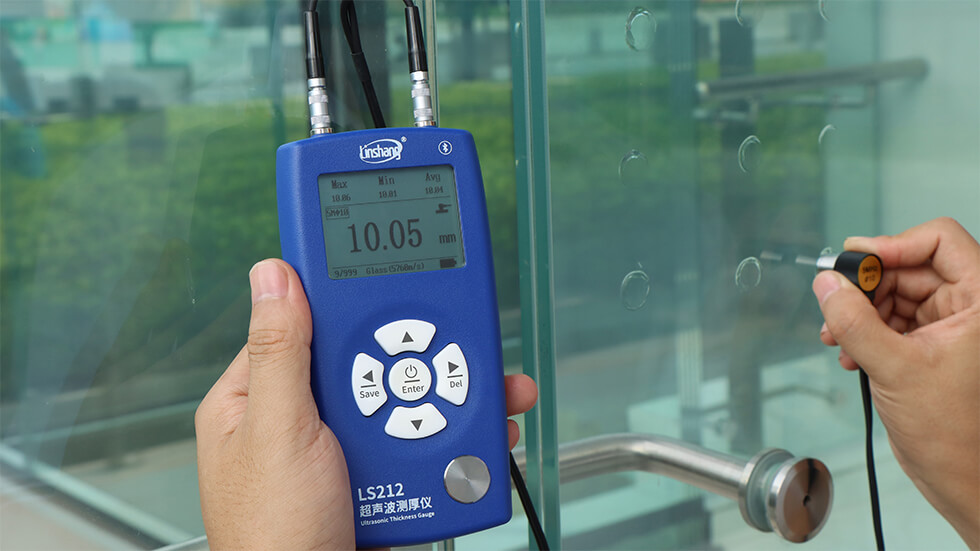How to Choose a High-Precision Ultrasonic Thickness Gauge: A Complete Beginner’s Guide
If you need to measure the thickness of materials like metal, plastic, or glass non-destructively using an ultrasonic thickness gauge, the variety of models and technical specs on the market can feel overwhelming. How do you choose a high-precision ultrasonic thickness gauge that’s accurate, easy to use, cost-effective, and won’t let you down? That’s a common concern for many beginners. This article will guide you step-by-step—from addressing common beginner concerns and explaining key parameters to recommending specific models—so you can make an informed choice with confidence.

Common Problems Beginners Face When Choosing a High-Precision Ultrasonic Thickness Gauge
-
Too Many Models to Choose From
There are countless ultrasonic thickness gauges on the market. Many users are confused by technical terms like “multi-echo,” “high-frequency probe,” and “auto calibration.” Different materials—such as metal, plastic, paint, or ceramics—require different instruments. Beginners who aren’t clear about their actual application needs often end up choosing the wrong model.
-
Unsure Which Features Really Matter
Many beginners don’t know which technical specs to prioritize. Should you look for higher resolution, a wider measuring range, or advanced functions like waveform display? Without guidance, users might pay for features they don't actually need—or miss out on ones that would improve accuracy and efficiency.
-
Worried About Difficult Operation or Inaccurate Results
Concerns about complexity and measurement inaccuracy are common. In reality, many modern high-precision ultrasonic thickness gauges are designed to be highly user-friendly. Linshang’s series, for example, comes with standard calibration blocks, intuitive graphical interfaces, detailed user manuals, and complete operation videos. Even without professional training, beginners can use them with ease.
Understand Key Technical Parameters to Make the Right Choice
-
Sound Velocity Range
Sound velocity is the core element in ultrasonic thickness measurement. Since each material transmits sound waves at a different speed, accurate measurement depends on setting the correct sound velocity. Linshang’s high-precision ultrasonic thickness gauges feature a built-in sound velocity library, the ability to reverse-calculate sound velocity from known thickness, and manual input options—making them suitable for a wide range of materials.
-
Measuring Range
Different models support different thickness ranges. Some models measure from 0.8mm to 600mm, ideal for thick materials. Others handle ultra-thin measurements from 0.013mm to 1mm, perfect for coatings, plastic films, and other thin layers.
-
Resolution
Resolution indicates the smallest thickness unit the instrument can display. High-precision models usually offer 0.001mm or 0.01mm resolution, which is essential for applications requiring extreme accuracy.
-
Measurement Error
Measurement error determines the reliability of results. The smaller the error, the more reliable the instrument. Linshang's high-precision thickness gauges typically offer an error margin within ±0.05mm, sufficient for most industrial inspection needs.
Recommended Linshang High-Precision Ultrasonic Thickness Gauges
With nearly two decades of experience in developing measuring instruments, Linshang offers a series of high-precision ultrasonic thickness gauges that excel in performance, ease of use, and value. These instruments are widely used in metal processing, pipeline corrosion detection, automotive manufacturing, aerospace, and more.
LS216 Multi-Layer Ultrasonic Thickness Gauge
Conventional gauges can’t measure the thickness of individual layers in multi-layer materials. For such cases, the LS216 ultrasonic thickness gauge is the ideal solution.
Key Features:
Simultaneous measurement of up to 3 layers
High-speed ADC data acquisition with 0.001mm resolution
800×480 color touchscreen for intuitive operation
Echo waveform display for viewing data at different positions
Built-in velocity values for over 20 materials
Customizable velocity settings for up to 18 materials
Storage for 999 sets of test data
Range and estimated thickness settings to filter interference echoes
Auto gain adjustment based on material type and thickness
Precision engineering with aerospace-grade aluminum casing
LS211 / LS212 / LS213 Ultrasonic Thickness Gauges
For measuring the thickness of common single-layer materials like metal, plastic, and ceramics, Linshang offers three high-precision models—LS211, LS212, and LS213—that are praised for their performance and ease of use.
Model |
Resolution |
Measuring Range |
Recommended Applications |
LS211 |
0.001mm |
0.8mm–600mm |
Thick structural parts, castings, large equipment |
LS212 |
0.001mm |
0.8mm–350mm |
High-precision needs, such as molds and components |
LS213 |
0.01mm |
0.8mm–350mm |
General material testing, light industry applications |

LS216 Ultrasonic Thickness Gauge Test Metal Substrate

LS211 Ultrasonic Thickness Gauge Test Pipes

LS212 Ultrasonic Thickness Gauge Test Glass
In Conclusion
To select the right high-precision ultrasonic thickness gauge, it's crucial to clarify your needs, understand the technical parameters, and choose the right model. Linshang offers a comprehensive range of high-precision instruments for both single- and multi-layer materials, helping users achieve efficient and accurate thickness measurement.